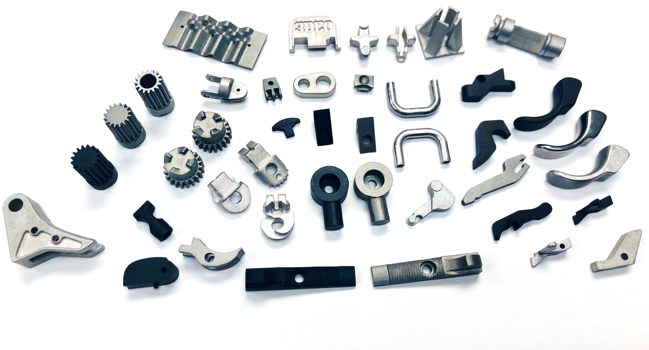The additive manufacturing (AM) industry is in a period of growth, despite some general setbacks by the economic slowdown brought about by the pandemic. While public companies are generally reporting losses from the pandemic depression, the AM sector has experienced a great deal of attention as a means of providing stop-gap measures for filling in supply chain gaps. Before the depression began, the industry as a whole was growing rapidly.
Among the startups benefitting from this growth is 3DEO, which is known for its unique Intelligent Layering technology. The company is reporting triple-digit growth across multiple areas of the company, which it attributes this to both its novel AM process and its business model. According to 3DEO, the startup has achieved the following rapid developments:
- 600 percent revenue growth from 2018 to 2019
- 172 percent growth in the number of employees, starting with 22 in 2018 and expanding to 60 now
- 566 percent increase in the number of production systems at 3DEO
- 394 percent increase in the number of parts shipped from 2018 to 2019, 25 percent for aerospace, 35 percent for the medical industry and 40 percent for the military sector
3DEO’s technology is a proprietary process that uses a spray system to bind entire layers of metal powder on a build tray at once and a CNC mill to trace the outline of the part as it is being printed. Though the process typically CNC mills every layer, there is the option to delay cutting and cut many layers at a time. After the process is complete, the part experiences a debinding process and then sintering in an industrial furnace. The use of the CNC mill adds some speed improvements and increase the resolution of the print. While the printing process is capable of layer thicknesses of 100 microns, the CNC mill can cut down 20 microns into a given layer to improve feature resolution.
Unlike other metal printing startups, 3DEO has opted not to head to market by selling systems but by selling printing as a service. Its goal, according to President Matt Sand, is “to do for manufacturing what Amazon’s AWS did for the internet by offering low-cost access to flexible, scalable, and world-class manufacturing infrastructure.”
While the tech itself may be novel, many 3D printing companies offer part production as a service, though they do not always advertise it. Introducing businesses new to AM to the technology often requires multiple consultations that result in some component manufacturing before converting leads into customers that actually buy the equipment and bring it in-house.
The primary difference here is that 3DEO is focused on large batch production of over 1,000 parts per year, with average orders amounting to 10,000 pieces per year. Also, maintaining manufacturing in-house, according to the firm, gives its staff control over the printing process, as well as the post-processing workflow, in order to ensure quality production. In one customer case study, the company suggested that it was possible to print 42,000 stainless steel parts for bolt action rifles per year with 40 percent cost savings at a total of $98,000.
Though Intelligent Layering is distinct from other technologies, it might best sit alongside metal binder jetting processes. However, while binder jetting binds select parts, leaving them in a bed of loose powder, Intelligent Layering sprays the entire build area, with parts left in a bound bed. 3DEO CEO Matt Sand tells 3DPrint.com:
This may not seem that important, but it becomes huge for automation in breakout and cleaning. We have already fully automated the breakout, cleaning, and setting for sintering. I have not heard of anyone doing anything like this for binder jetting, and I believe it’s because the loose powder makes this very difficult.
Meanwhile, other metal AM startups are taking metal binder jetting to market in their own ways. HP, for instance, has found two service providers, Parmatech and GKN Additive, to offer metal 3D printing services using its Metal Jet technology, before it plans to release the technology to the public more widely. Desktop Metal is selling its version of binder jetting through its hardware, which is now getting to market, including a range of large-scale systems and a desktop machine.
And all of the above have to compete with ExOne, which is the original manufacturer of metal binder jetting systems, and Höganäs’s Digital Metal, which, like 3DEO, offered metal binder jetting services for some time before recently selling its systems as well. The fact that HP and Digital Metal began by offering metal printing as a service may suggest that 3DEO is on the right track with its own strategy, particularly if it can claim such high growth across various metrics.
